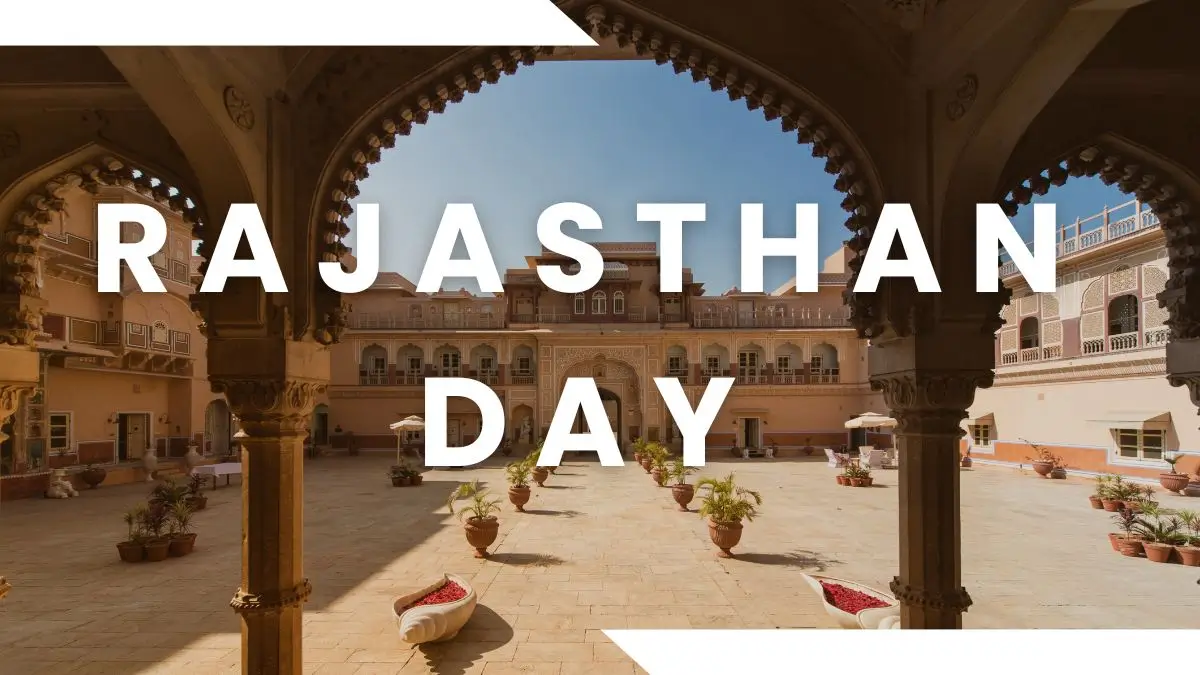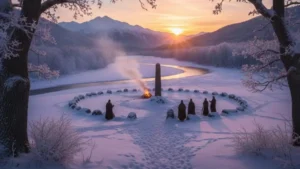Rajasthan Day, also known as Rajasthan Foundation Day, is celebrated on March 30 every year to commemorate the formation of the state. On this day in 1949, the princely states of Jodhpur, Jaipur, Bikaner, and Jaisalmer merged with the United State of Rajasthan, leading to the creation of Greater Rajasthan. Formerly called Rajputana, Rajasthan is India’s largest state by area and is known for its rich cultural heritage, historical significance, and architectural marvels.
Key Highlights of Rajasthan Day
1. Formation of Rajasthan
- Rajasthan was officially formed on March 30, 1949.
- Before independence, the region was known as Rajputana under British rule.
- It was integrated into India through seven stages (1948–1956).
- Jaipur was declared the capital of Rajasthan.
2. Historical Background
Ancient Period (Up to 1200 AD)
- Part of the Mauryan Empire and later ruled by Rajput clans.
- Pratiharas ruled from 750–1000 AD, followed by Chalukyas, Parmars, and Chauhans.
Medieval Period (1201–1707)
- Rajasthan came under Muslim rule around 1200 AD (Nagaur, Ajmer, Ranthambore).
- Mewar was the most prominent Rajput state.
Modern Period (1707–1947)
- Mughal decline (post-1707) led to Maratha invasions.
- British Raj consolidated Rajputana under princely states.
3. Seven Stages of Rajasthan’s Formation
| Integration Stage | States Merged | Date |
| Matsya Union | Alwar, Bharatpur, Dholpur, Karauli | 17-03-1948 |
| Rajasthan Union | Banswara, Bundi, Dungarpur, Jhalawar, Kishangarh, Kota, Pratapgarh, Shahpura, Tonk | 25-03-1948 |
| United State of Rajasthan | Udaipur joined Rajasthan Union | 18-04-1948 |
| Greater Rajasthan | Bikaner, Jaipur, Jaisalmer & Jodhpur joined | 30-03-1949 |
| United State of Greater Rajasthan | Matsya Union merged with Greater Rajasthan | 15-05-1949 |
| United Rajasthan | 18 states merged; Sirohi (except Abu & Delwara) added | 26-01-1950 |
| Reorganized Rajasthan | Ajmer, Abu Road, Sirohi, Sunel Tappa added; Sironj transferred to MP | 01-11-1956 |
4. Geography & Wildlife
- Largest state in India, located in northwestern part of the country.
- Divided into nine regions: Ajmer, Hadoti, Dhundhar, Gorwar, Shekhawati, Mewar, Marwar, Vagad, and Mewat.
- Keoladeo National Park (Bharatpur) – UNESCO World Heritage Site for bird species.
- Three Tiger Reserves – Ranthambore (Sawai Madhopur), Sariska (Alwar), Mukundra Hills (Kota).
5. Cultural Significance
- Home to Indus Valley Civilization sites (Kalibangan, Balathal).
- Dilwara Temple in Mount Abu – A Jain pilgrimage site.
- Forts and palaces in almost every city showcase its architectural legacy.



 World Basketball Day 2025 Celebrates Bas...
World Basketball Day 2025 Celebrates Bas...
 UN Celebrates Second World Meditation Da...
UN Celebrates Second World Meditation Da...
 Winter Solstice 2025 Observed on Sunday,...
Winter Solstice 2025 Observed on Sunday,...







